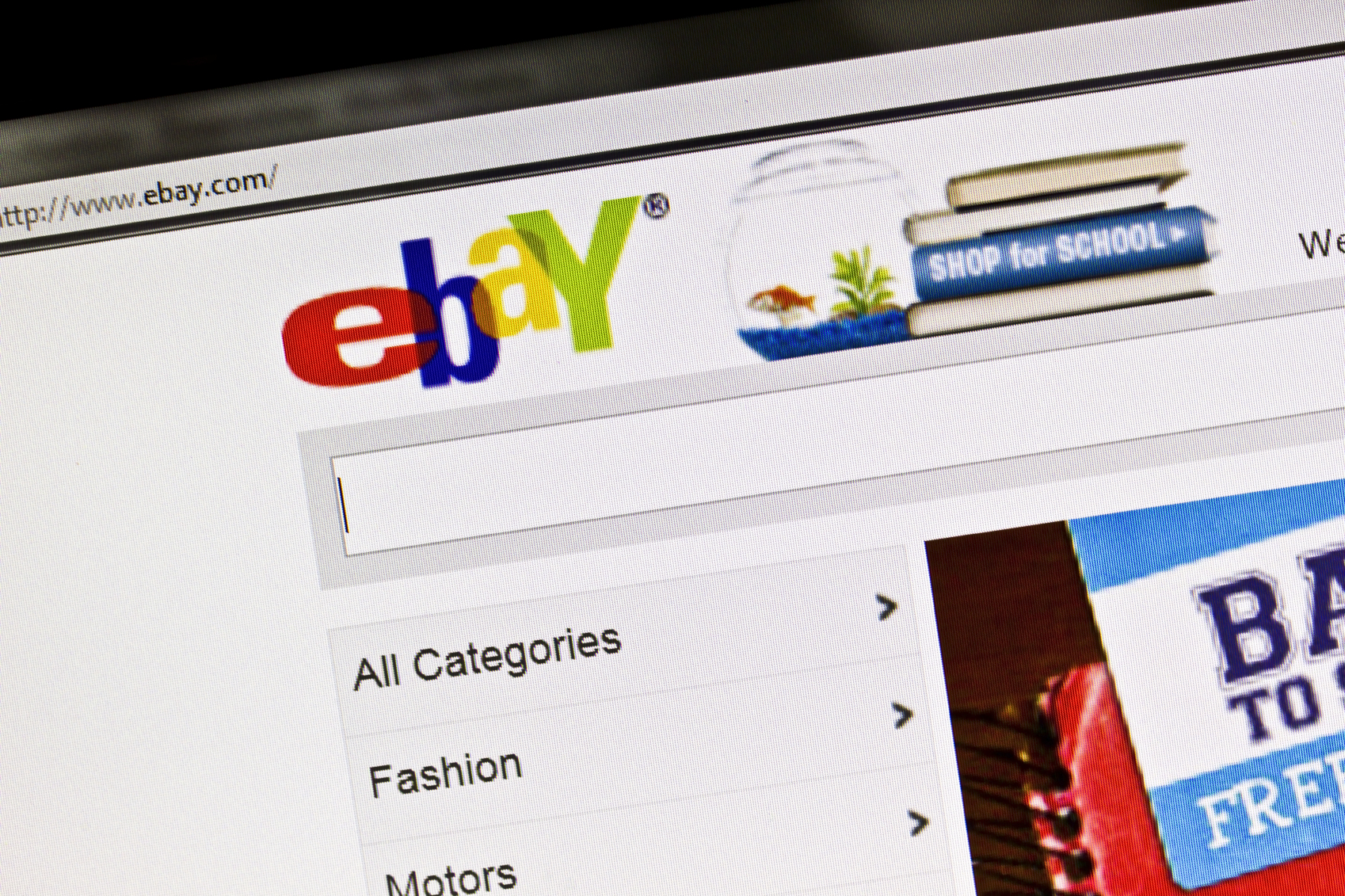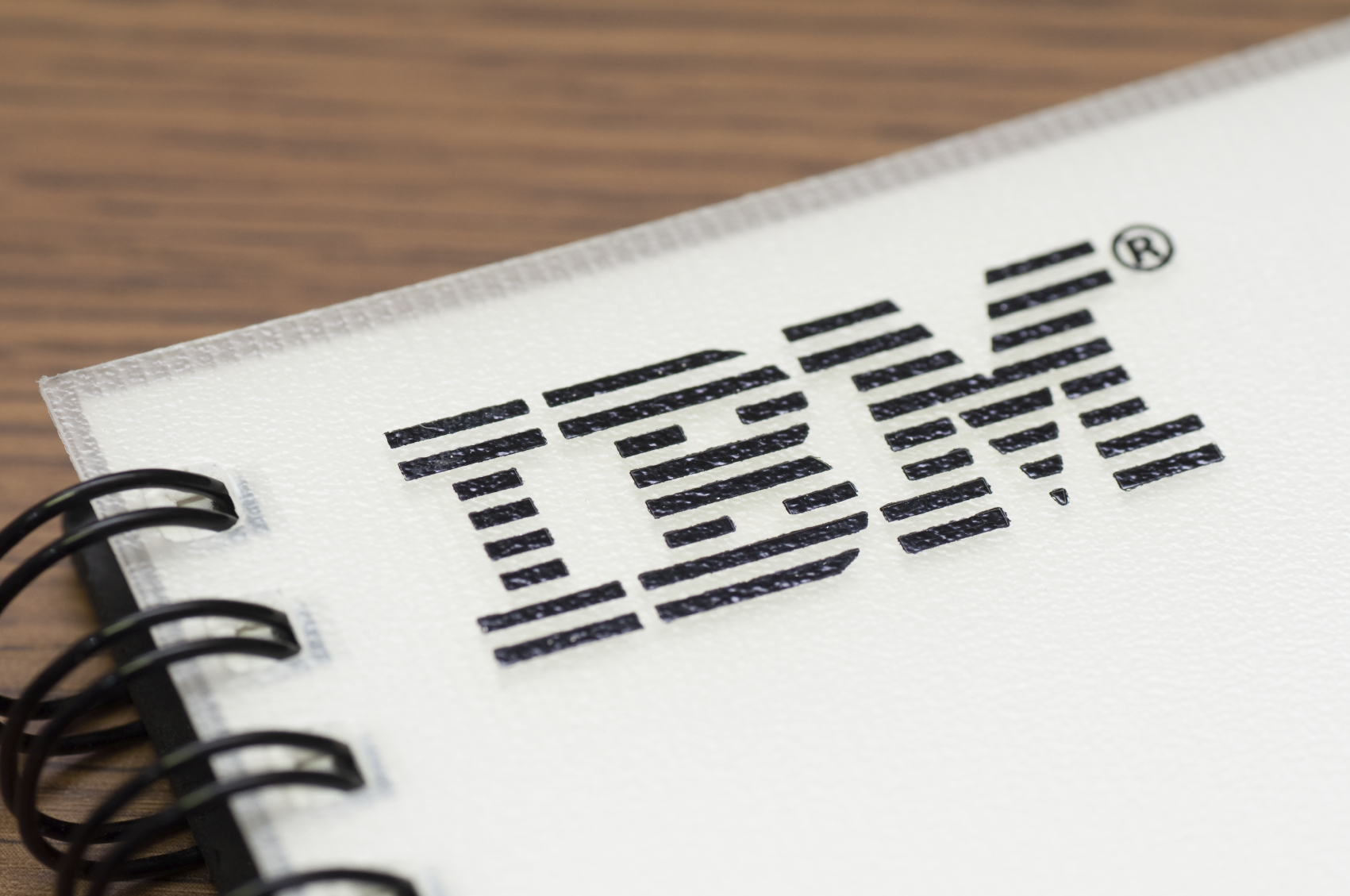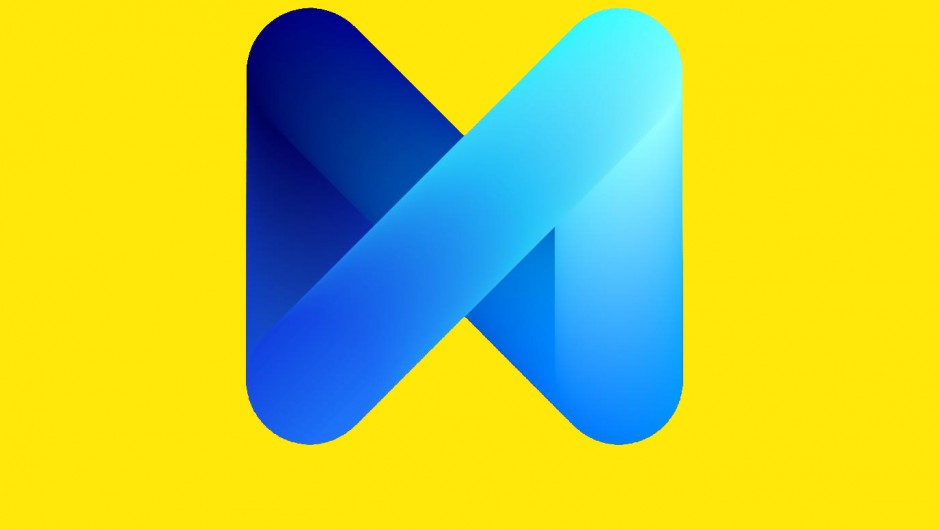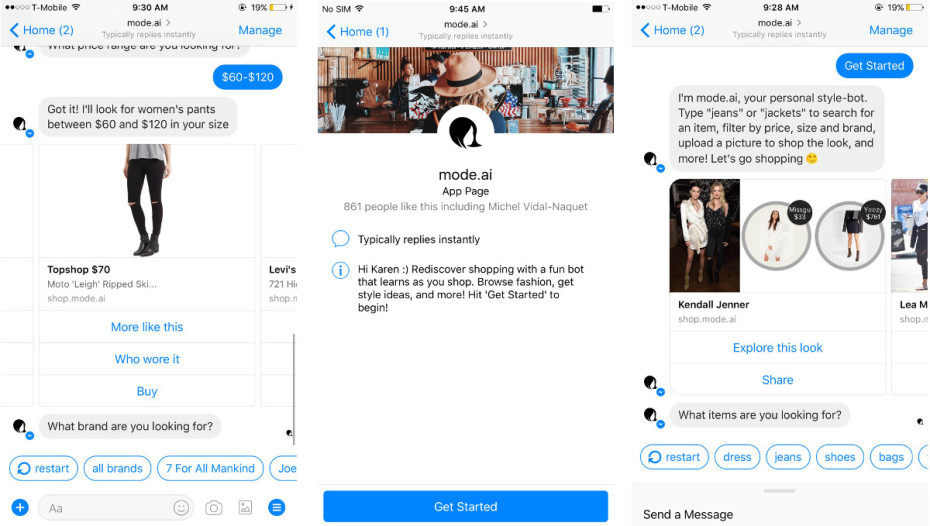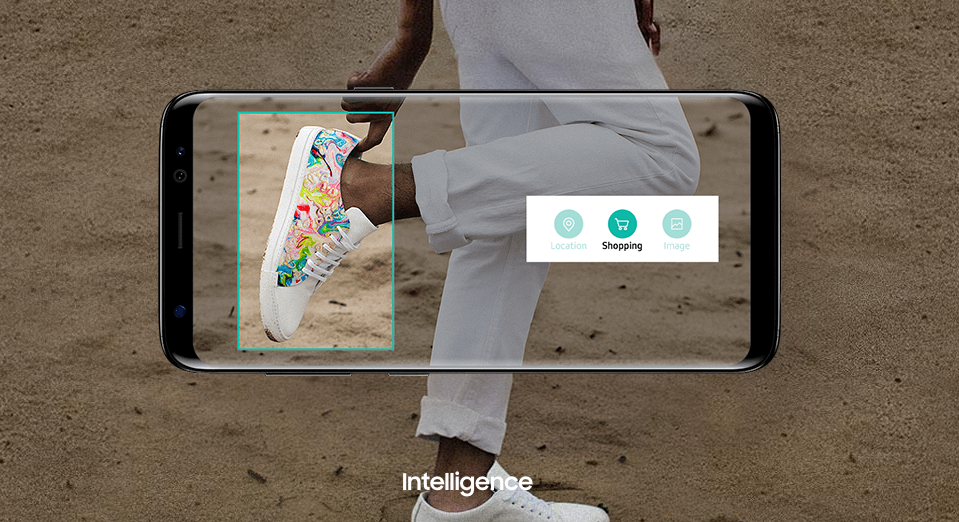What Happened
In an innovative twist of using social listening for targeting, Coca-Cola’s new ad campaign is targeting people the photos they shared on Facebook and Instagram, instead of the text they posted. The idea is to gauge user interests based on the images they share on social media and serve up relevant messages across other digital channels. For example, if you posted Instagram photo of the picnic you had over the weekend, and there happen to be a jug of iced tea somewhere in the mix, Gold Peak, a Coca-Cola-owned ice tea beverage brand, could target you with ads while you read an article online or checked the weather on a weather app.
What Brands Need To Do
We have entered an image-first era on social media where many people have chosen to prioritize sharing photos and videos over texts. After all, a picture is worth a thousand words. And thanks to the recent advances in image recognition and machine learning technologies, this trend provides brand marketers with a new opportunity to discern the interests of their audience and get a better understanding of contexts they are in. More brands should start expanding their method of customer data acquisition to incorporate image-based data collection and leveraging it to optimize the relevance of their ads.
For more information on how brands may tap into the transformative power that machine learning will bring to marketing, please check out the Augmented Intelligence section of our Outlook 2017.
Source: Digiday


